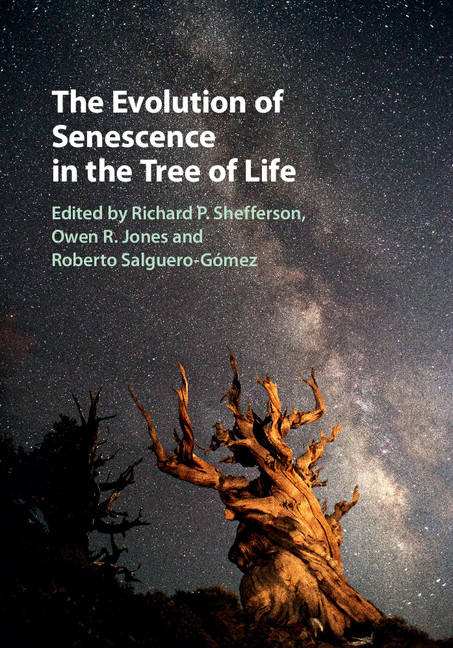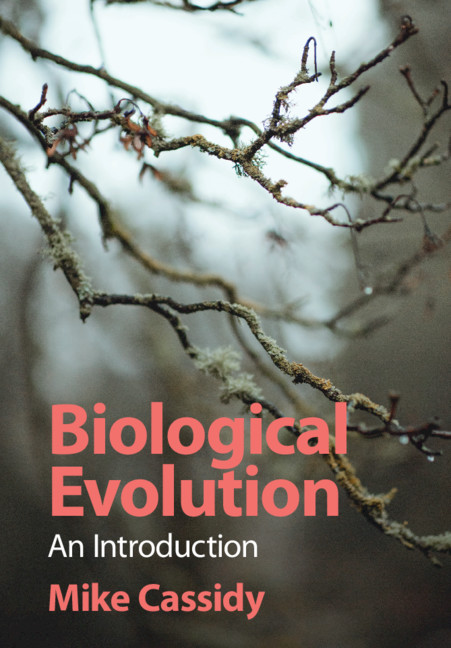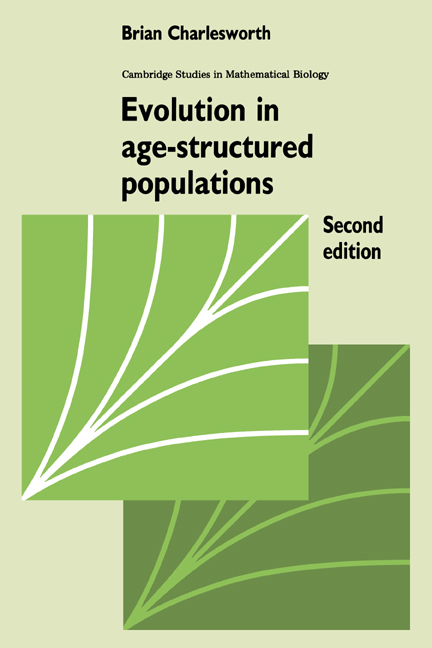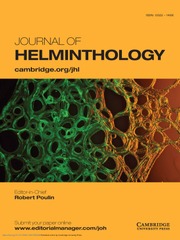The Evolution of Senescence in the Tree of Life
The existing theories on the evolution of senescence assume that senescence is inevitable in all organisms. However, recent studies have shown that this is not necessarily true. A better understanding of senescence and its underlying mechanisms could have far-reaching consequences for conservation and eco-evolutionary research. This book is the first to offer interdisciplinary perspectives on the evolution of senescence in many species, setting the stage for further developments. It brings together new insights from a wide range of scientific fields and cutting-edge research done on a multitude of different animals (including humans), plants and microbes, giving the reader a complete overview of recent developments and of the controversies currently surrounding the topic. Written by specialists from a variety of disciplines, this book is a valuable source of information for students and researchers interested in ageing and life history traits and populations.
- A complete volume showing different perspectives on the evolution of senescence and promoting inter-disciplinary understanding and communication
- Brings together differing views on the evolution of senescence from biologists across the discipline, ensuring that readers gain a broad view of the topic and its controversies
- Combines research from various scientific fields on many different species, giving readers the opportunity to see the current limits of our knowledge on the subject and what the next steps could possibly be
Product details
March 2017Hardback
9781107078505
441 pages
258 × 179 × 27 mm
1kg
51 b/w illus. 16 tables
Available
Table of Contents
- 1. Introduction: wilting leaves and rotting branches: reconciling evolutionary perspectives on senescence Richard P. Shefferson, Owen R. Jones and Roberto Salguero-Gómez
- Part I. Theory of Senescence:
- 2. The disposable soma theory - origins and evolution Thomas B. L. Kirkwood
- 3. A Hamiltonian demography of life history Michael R. Rose, Lee F. Greer, Kevin H. Phung, Grant A. Rutledge, Mark A. Phillips, Christian N. K. Anderson and Laurence D. Mueller
- 4. Senescence, selection gradients, and mortality Hal Caswell and Esther Shyu
- 5. Taxonomic diversity, complexity, and the evolution of senescence Alan A. Cohen
- Part II. Senescence in Animals:
- 6. Evolutionary demography of the human mortality profile Oskar Burger
- 7. Senescence in mammalian life history traits Jean-Michel Gaillard, Michael Garratt and Jean-François Lemaître
- 8. Avian escape artists? Patterns, processes and costs of senescence in wild birds Sandra Bouwhuis and Oscar Vedder
- 9. The evolution of senescence in nature Andre Furness and David Reznick
- 10. Explaining extraordinary lifespans: the proximate and ultimate causes of differential lifespan in social insects Eric Lucas and Laurent Keller
- 11. Senescence in modular animals - botryllid ascidians as a unique ageing system Baruch Rinkevich
- 12. Hydra: evolutionary and biological mechanisms for non-senescence Ralf Schaible, Felix Ringelhan, Boris H. Kramer and Alexander Scheuerlein
- Part III. Senescence in Plants:
- 13. Physiological and biochemical processes related to ageing and senescence in plants Maurizio Mencuccini and Sergi Munné-Bosch
- 14. The evolution of senescence in annual plants: the importance of phenology and the potential for plasticity Liana T. Burghardt and C. Jessica E. Metcalf
- 15. Demographic senescence in herbaceous plants Johan P. Dahlgren and Deborah A. Roach
- 16. Complex life histories and senescence in plants: avenues to escape age-related decline? Jennifer Gremer, Satu Ramula, Bård Pedersen, Elizabeth Crone, Peter Lesica, Anne Jäkäläniemi and Juha Tuomi
- Part IV. Senescence in Microbes:
- 17. Why some fungi senescence and others don't: an evolutionary perspective on fungal senescence Marc F. P. M. Maas, Alfons J. M. Debets, Bas J. Zwaan and Anne D. van Diepeningen
- 18. Yeast ageing: reproduction strategies determine the longevity of budding and fission yeasts Tomasz Bilinski and Renata Zadrag-Tecza
- 19. Organismal senescence in plant-fungal symbioses Richard P. Shefferson and Charles C. Cowden
- Part V. Senescence across the Tree of Life:
- 20. Life history trade-offs modulate the speed of senescence Roberto Salguero-Gómez and Owen R. Jones.





